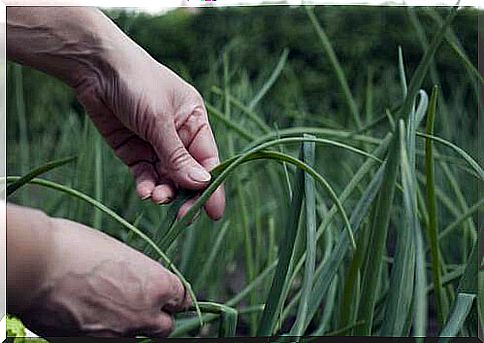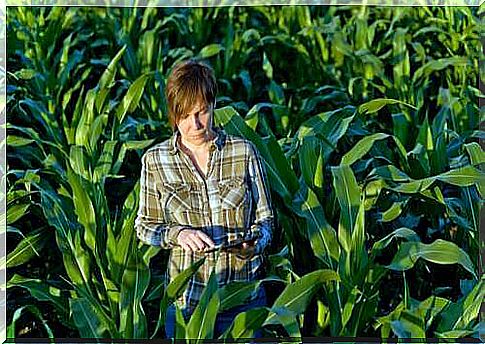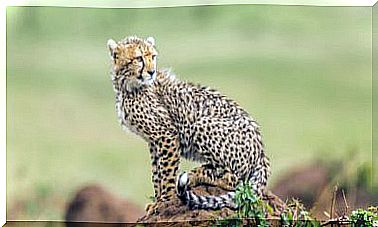Agroecology: Can We Still Save The Planet?

Faced with the overpopulation of the planet, intensively cultivated agricultural systems are able to guarantee food to billions of people around the world. However, the price to pay is far too high: deforestation, contamination of groundwater, loss of biodiversity and desertification. Agroecology was created to counter these effects and save the environment.
A new eco-sustainable approach
One might think that this discipline was born recently, following the increasingly evident effects of climate change. Instead, the theorization of the first agro-economic procedures and techniques as a new form of farming dates back to 1920.
Since then, this branch of agriculture has been proposing an approach towards sustainable development, offering real solutions to local problems and empowering producers. Read on to learn more.

The biodiversity of natural resources
Today, there are three types of crops that cover 50% of the needs of the world population: rice, wheat and corn. Meanwhile, the genetic diversity of other types of crops, livestock, as well as millions of wild plant and animal species is rapidly disappearing.
Agroecological systems, on the other hand, promote biodiversity. From a biological perspective, it can be said that agroecology improves the variety of species in a specific environment.
Therefore, crops are developed where there is a greater number of species, including shrubs and trees. Other actions taken to increase local biodiversity are:
- Rotational crops, especially legumes, which naturally increase nitrogen in the soil thanks to their symbiosis with bacteria.
- Livestock farming systems that improve the welfare of local species and breeds rather than imported ones.
- As for fish farming, it must follow the same pattern as livestock farming.
Sharing of knowledge: the basics of agroecology
Agroecological practices do not follow a single model, but depend on the environmental, social, economic, cultural and political context of the individual region.
The exchange of knowledge between farmers, for example, is one of the foundations underpinning this type of system. In this way, the implementation of the innovations is based on the experience and knowledge of the people involved in the first person, that is, of those who work the land, in addition to scientific support.
A synergy and joint action that strengthens everyone
In short, the synergy of agroecology means that all the actions carried out face a common problem: an increasingly changing climate, in order to counter the effects of the acceleration of climate change.
Therefore, agroecological systems are designed to combine perennial and annual crops, livestock, aquatic animals, soil, forest resources, water and other components of the agricultural landscape. Each, therefore, has its place and between them there is a positive exchange relationship that favors the fight against climate change.
Agroecology as a more efficient and recycling system
One of the biggest problems that arises from traditional agriculture is the excess of nitrogen compounds used as fertilizers in crops. 50% of this nitrogen is absorbed by plants, but the rest is lost in the earth and ends up contaminating the water.
Rotating crops that include legumes would solve this problem, as they use a sufficient amount of nitrogen and make it available for subsequent crops. Here the recycling capacity of agroecology would come into play.
Nitrogen-rich chemical fertilizers have high economic and environmental costs. By implementing the use of rotation, this waste can be reduced exponentially. In nature, the term waste does not exist, since everything is useful or beneficial for certain species.
Agroecology strengthens human and social values
Agroecology protects and improves the rural lifestyle, equality between people and social well-being. These factors are essential for a sustainable agricultural system.

However, if farmers are mistreated, especially those in developing countries, such a system cannot work. We must change the way of thinking and stop considering farmers only as a means to produce for others who do not value their work or their time, much less biodiversity.
This is where governments come into play, and they should find an effective way to protect their citizens. International laws defending nature and human rights are absolutely necessary to implement the principles of agroecology.
Only in this way can we follow a culturally appropriate, healthy and diverse diet. In other words, encourage the consumption of local products that enrich people and culture, as well as protect the biodiversity of species.
Agroecology, the transition to sustainable agriculture
Agroecology is becoming a necessity in most developed countries as well as developing countries. Climate change is unstoppable, as are the rise in global temperatures, the lack of arable land and the rise of the world’s population.
A sustainable agricultural system is configured as a truce for the planet, and is nothing more than a way to teach the world population that it is possible to live in a healthier way, both for us and for the Earth.









